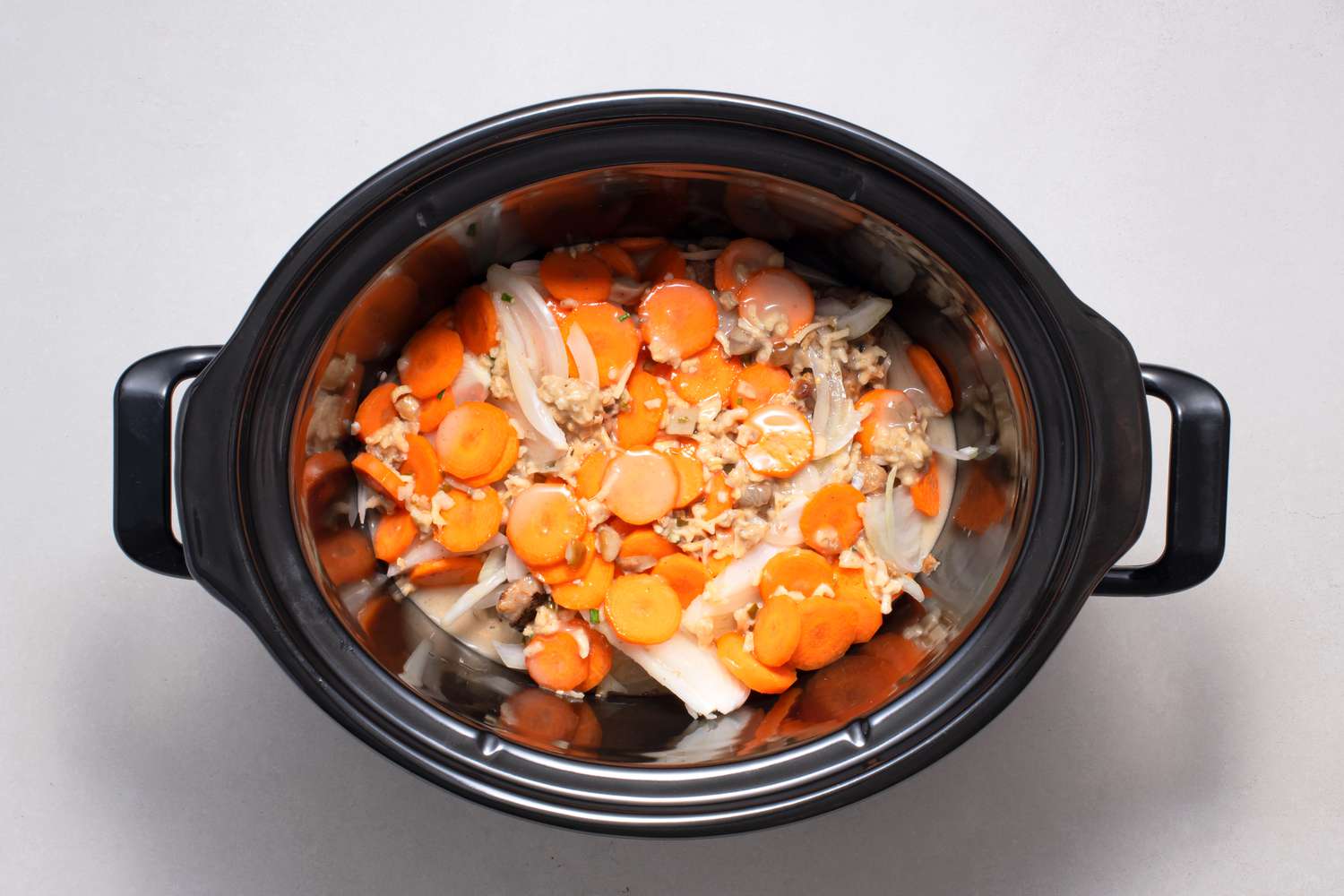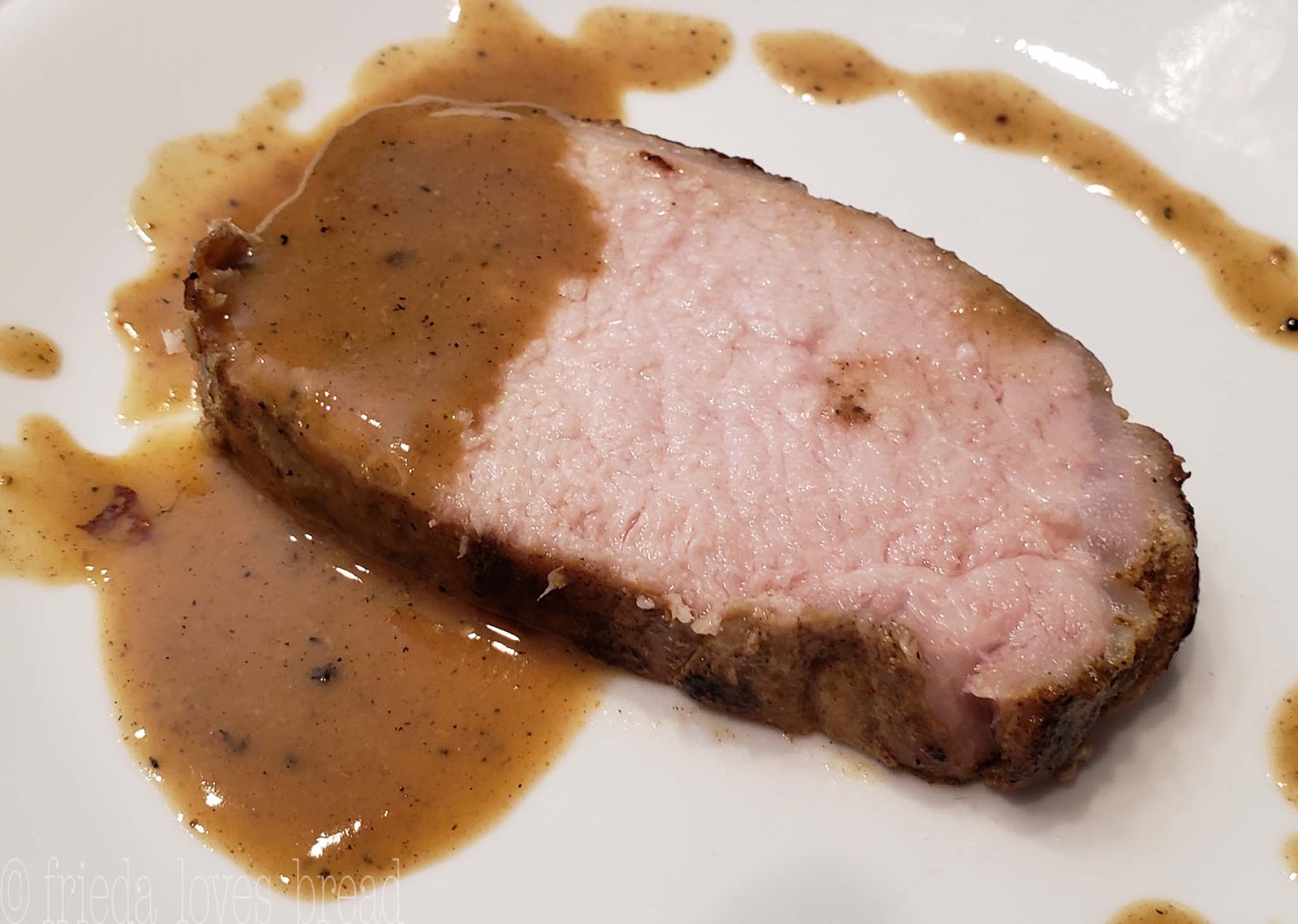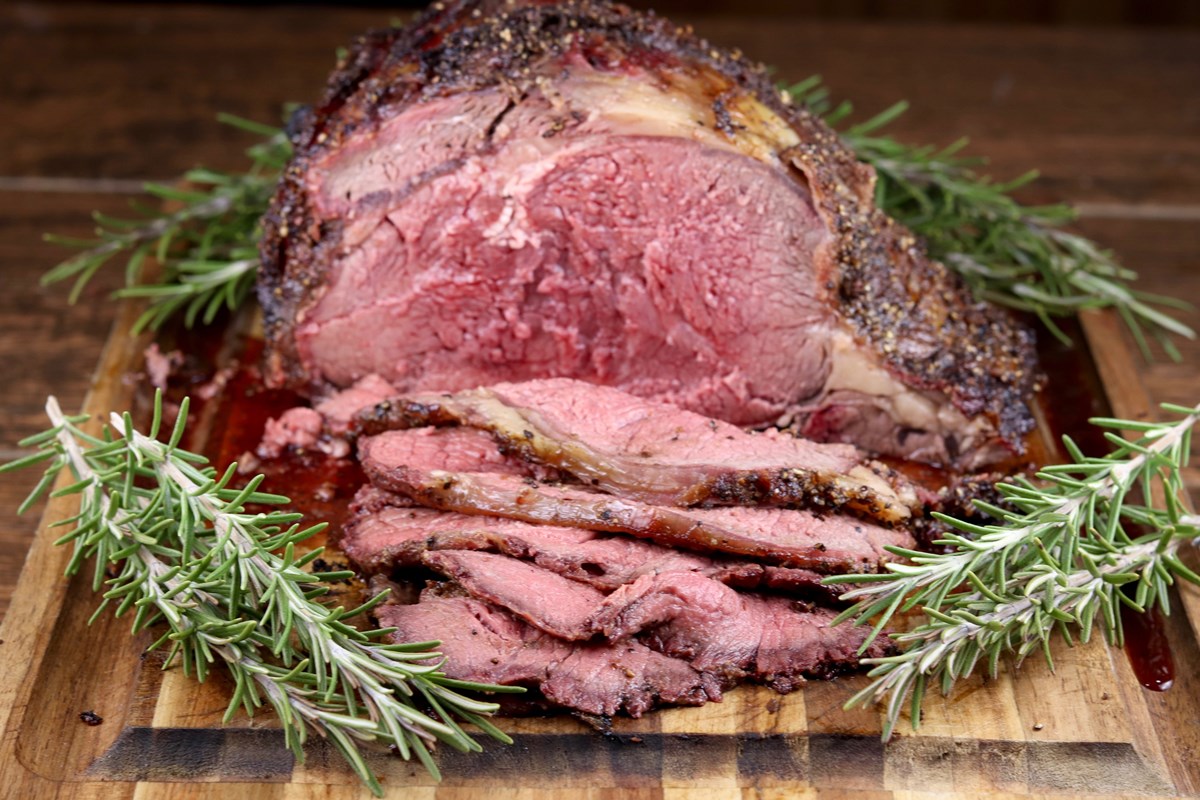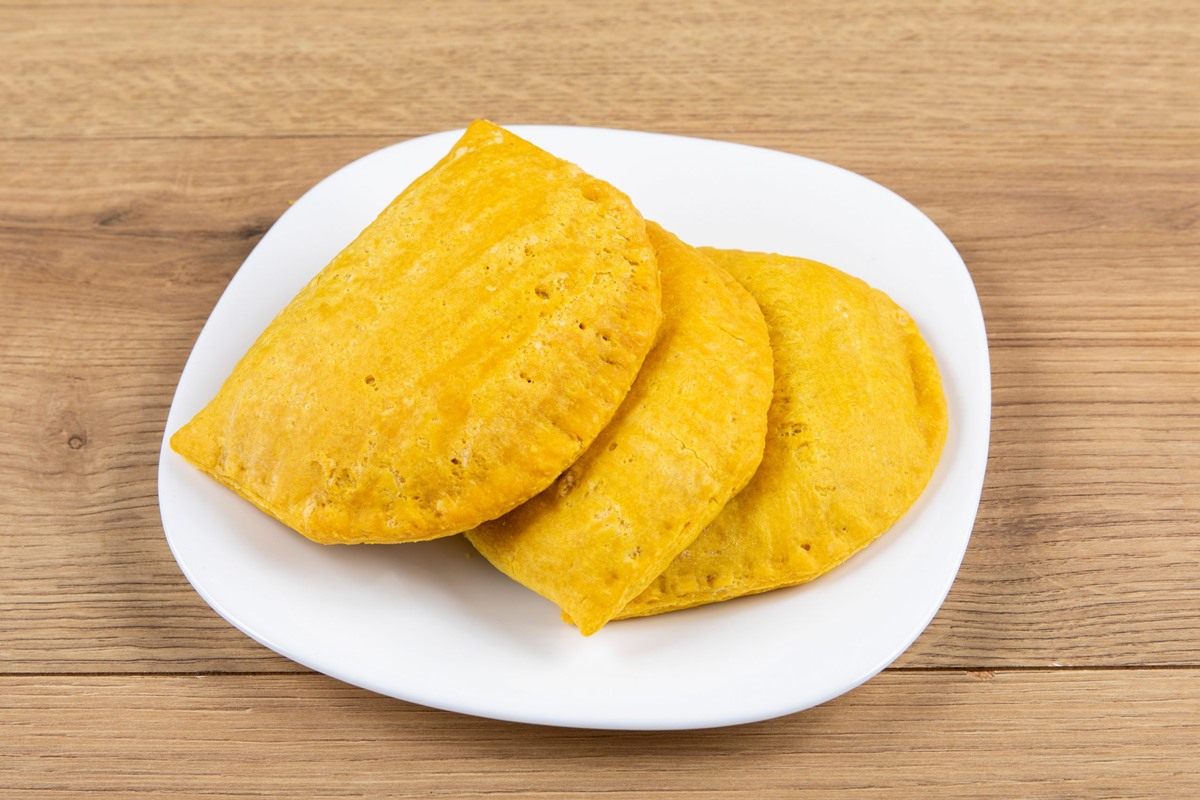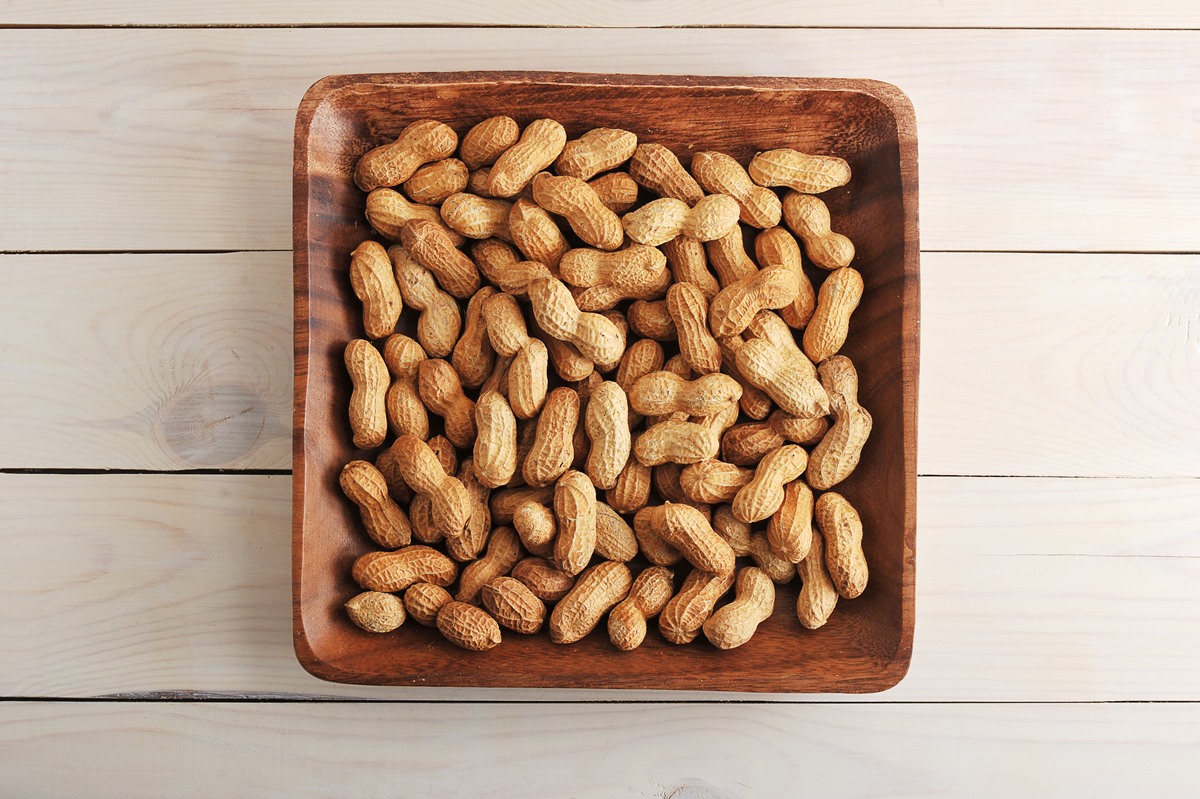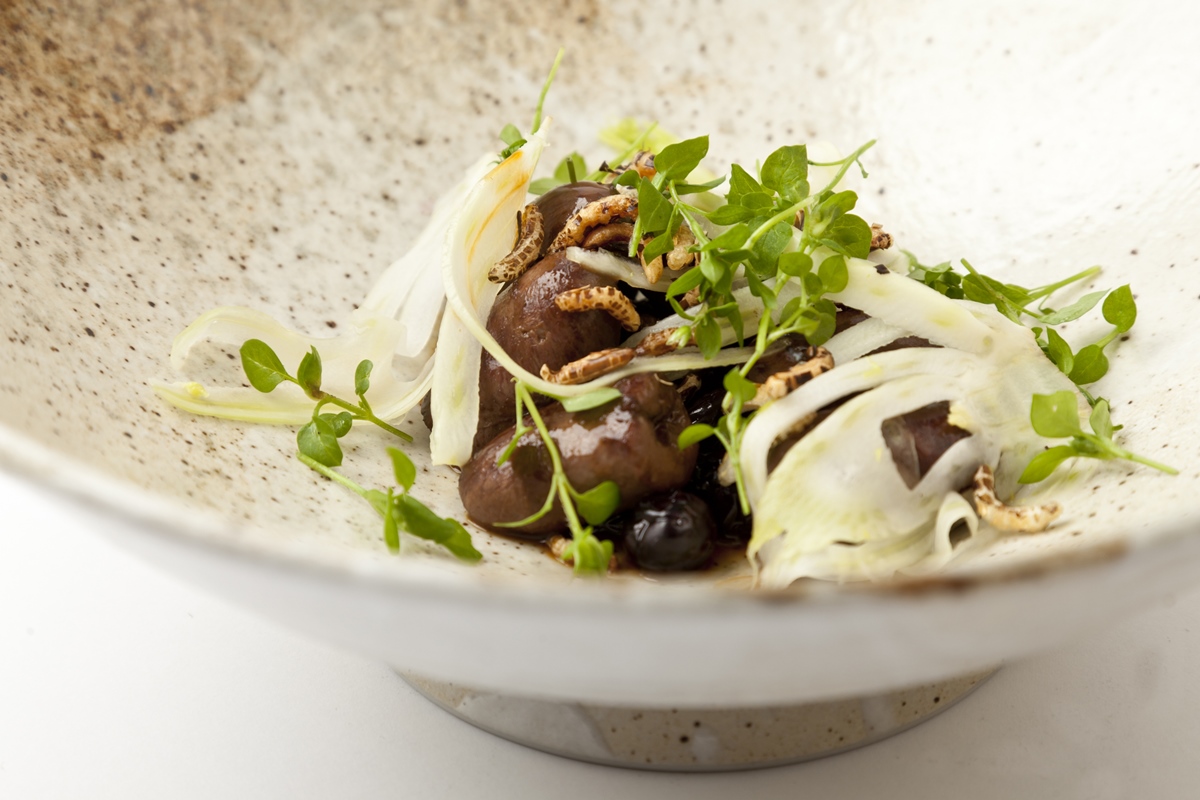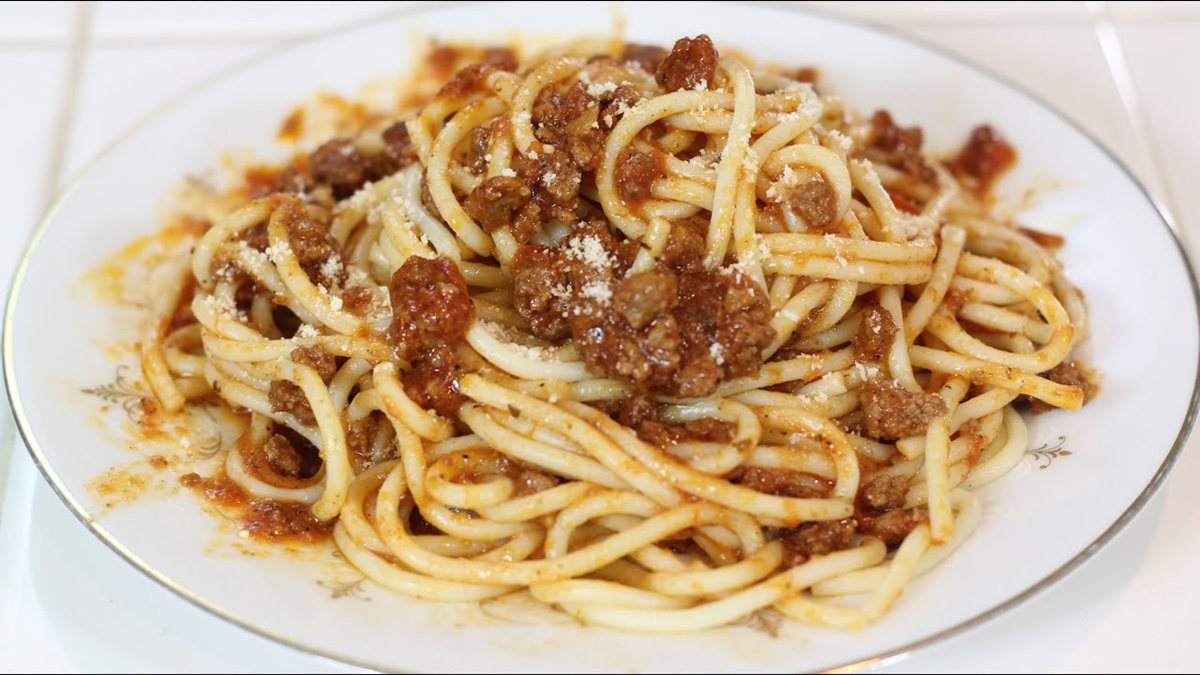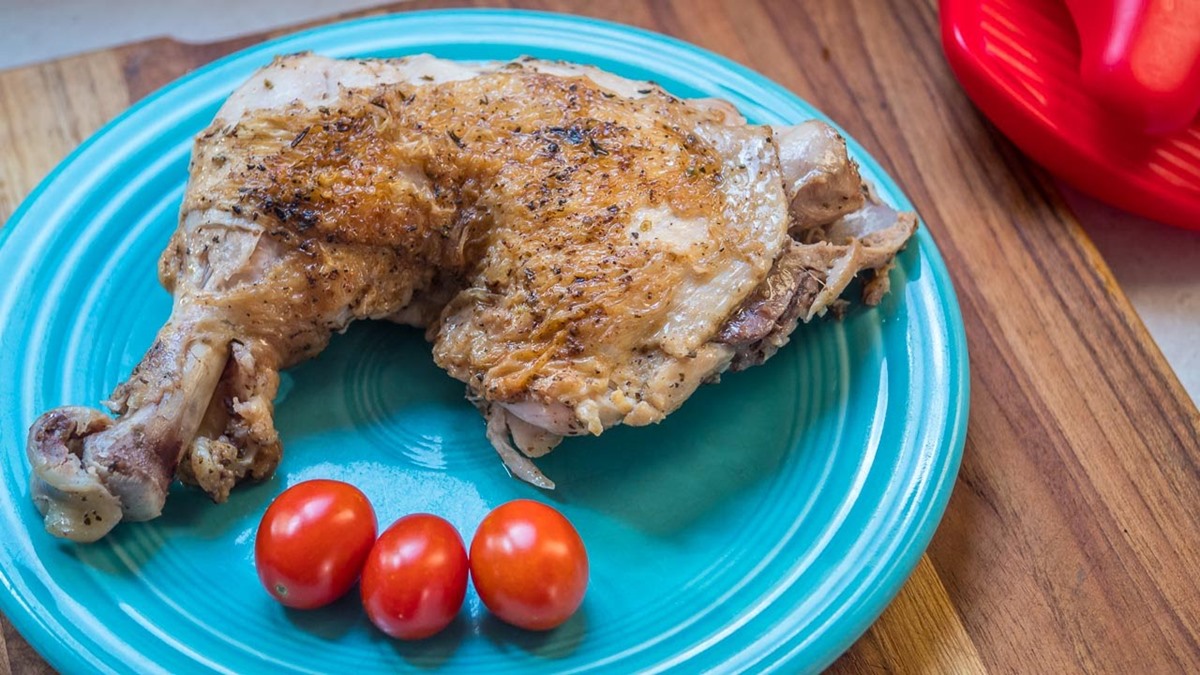Cooking pasta in chicken broth is a simple twist that transforms ordinary noodles into a flavorful dish. Instead of boiling pasta in water, using chicken broth infuses each strand with a rich, savory taste, elevating your meal with minimal effort. This method is perfect for home cooks looking to add depth to their pasta dishes without complicating the cooking process. Whether you're preparing a hearty pasta soup or a comforting bowl of noodles, this technique ensures your pasta is anything but bland. Ready to give your pasta a flavor boost? Let's dive into how to cook pasta in chicken broth.
Gather Your Ingredients
- 1 pound pasta (any shape)
- 4 cups chicken broth
- 1 tablespoon olive oil
- 2 cloves garlic, minced
- Salt, to taste
- Pepper, to taste
- Optional: grated Parmesan cheese, fresh herbs for garnish
Essential Cooking Tools
- Large pot
- Wooden spoon
- Colander
- Measuring cups
- Measuring spoons
Cooking pasta in chicken broth adds depth of flavor, making dishes richer. Simply replace water with broth. Keep an eye on salt levels, as broth can be saltier than water.
The Benefits of Cooking Pasta in Chicken Broth
Cooking pasta in chicken broth infuses each noodle with rich, savory flavors, transforming a simple dish into a mouthwatering meal. This method elevates the taste profile beyond what water alone can achieve, ensuring every bite is packed with depth and character.
Opting for chicken broth over water not only enhances flavor but also adds a nutritional boost to your pasta. Minerals and proteins seep into the pasta during cooking, offering a more wholesome alternative. This technique marries convenience with taste, making ordinary pasta dishes extraordinary.
Your Step-by-Step Cooking Guide
-
Choose the right pasta: Select a pasta shape that complements the dish you're planning. Shapes like penne, fusilli, or orzo work well as they absorb flavors nicely.
-
Measure the chicken broth: For every cup of pasta, you'll need approximately 2 cups of chicken broth. This ratio ensures pasta soaks up the broth without the dish becoming too dry or too soupy.
-
Pour chicken broth into a pot: Use a large pot to accommodate the pasta and allow for even cooking. Pour the measured chicken broth into the pot.
-
Add flavor enhancers (optional): Consider adding garlic, onions, or herbs like thyme or rosemary to the broth. These ingredients infuse the pasta with additional flavors as it cooks.
-
Bring to a boil: Place the pot on the stove and turn the heat to high. Wait for the chicken broth to come to a rolling boil, which is crucial for cooking the pasta evenly.
-
Add the pasta: Once boiling, add your chosen pasta to the pot. Stir gently to prevent any pieces from sticking together or to the bottom of the pot.
-
Stir occasionally: As the pasta cooks, stir it every few minutes. Consistent stirring helps in preventing the pasta from clumping and ensures even exposure to the hot broth.
-
Check for doneness: Start tasting the pasta a few minutes before the suggested cooking time on the package. Perfectly cooked pasta should be al dente – tender but still firm to the bite.
-
Drain excess broth (if necessary): If there's a lot of broth left and the pasta is already cooked, you can drain the excess. However, a bit of flavorful broth can add moisture and richness to the dish.
-
Serve immediately: Pasta cooked in chicken broth is best enjoyed hot, right after cooking. This way, you'll fully appreciate the enhanced flavors and perfect texture of the pasta.
-
Garnish and enjoy: Top your broth-cooked pasta with fresh herbs, grated cheese, or a drizzle of olive oil before serving. These final touches add layers of taste and texture to your dish.
Mastering the Art of Flavorful Pasta
Cooking pasta in chicken broth is a game-changer for anyone looking to elevate their pasta dishes. This method infuses the pasta with a rich, savory depth that water alone can't achieve. Whether you're whipping up a quick weeknight dinner or preparing a special meal for friends and family, using chicken broth as your cooking liquid is a simple yet effective way to boost flavor. Remember, the key is to choose a broth that complements your dish's overall flavor profile. Experiment with different herbs and spices to tailor the taste to your liking. With this technique in your culinary arsenal, you're well on your way to creating pasta dishes that are not only comforting and delicious but also packed with an extra layer of flavor that's sure to impress.
Explore More Delicious Recipes and Uses
Now that you've mastered cooking pasta in chicken broth, why not put this savory technique to good use with some delightful recipes? From the comforting Flavorful Penne in Chicken Broth to the bold flavors of Spicy Garlic Chicken Broth Spaghetti, there's a dish to satisfy every palate. For a dish that marries simplicity with gourmet, try the Zesty Lemon Pepper Linguine. Its zesty and aromatic profile makes it an irresistible choice for a quick yet sophisticated meal. Each recipe offers a unique way to enrich your pasta dishes using the rich, flavorful base of chicken broth.
All Your Questions Answered
Can I cook any type of pasta in chicken broth?
Absolutely! From spaghetti to fusilli, cooking pasta in chicken broth boosts flavor across the board. Just ensure the broth covers your pasta completely in the pot for even cooking.
What's the ideal chicken broth to pasta ratio?
Aim for about 4 cups of broth for every 8 ounces of pasta. This ratio ensures there's enough liquid for the pasta to absorb and become tender without the need for draining.
Can I use store-bought chicken broth?
Sure thing! Store-bought broth works great and is a real time-saver. For an extra kick of flavor, consider low-sodium options to better control the saltiness of your dish.
How do I know when the pasta is done?
Test it! After about 8-10 minutes, fish out a piece of pasta. It should be al dente, meaning tender but still firm to the bite. Cooking times can vary, so keep an eye on it.
Can I add vegetables or meat to the pasta while it cooks?
Definitely. Adding vegetables like spinach or meat such as diced chicken turns your pasta into a hearty one-pot meal. Just add these ingredients in time to cook thoroughly without overcooking the pasta.
What if my pasta is too dry or too watery?
If it's too dry, splash in a bit more broth until you reach the desired consistency. Too watary? Let it simmer uncovered for a few minutes longer, allowing excess liquid to evaporate.
How can I store leftovers?
Leftover pasta cooked in chicken broth keeps well in an airtight container in the fridge for up to 4 days. Reheat gently, adding a little broth or water to loosen it up.
